Health
AI-powered ‘Lifesaving Radio’ helps surgeons operate with greater efficiency and accuracy
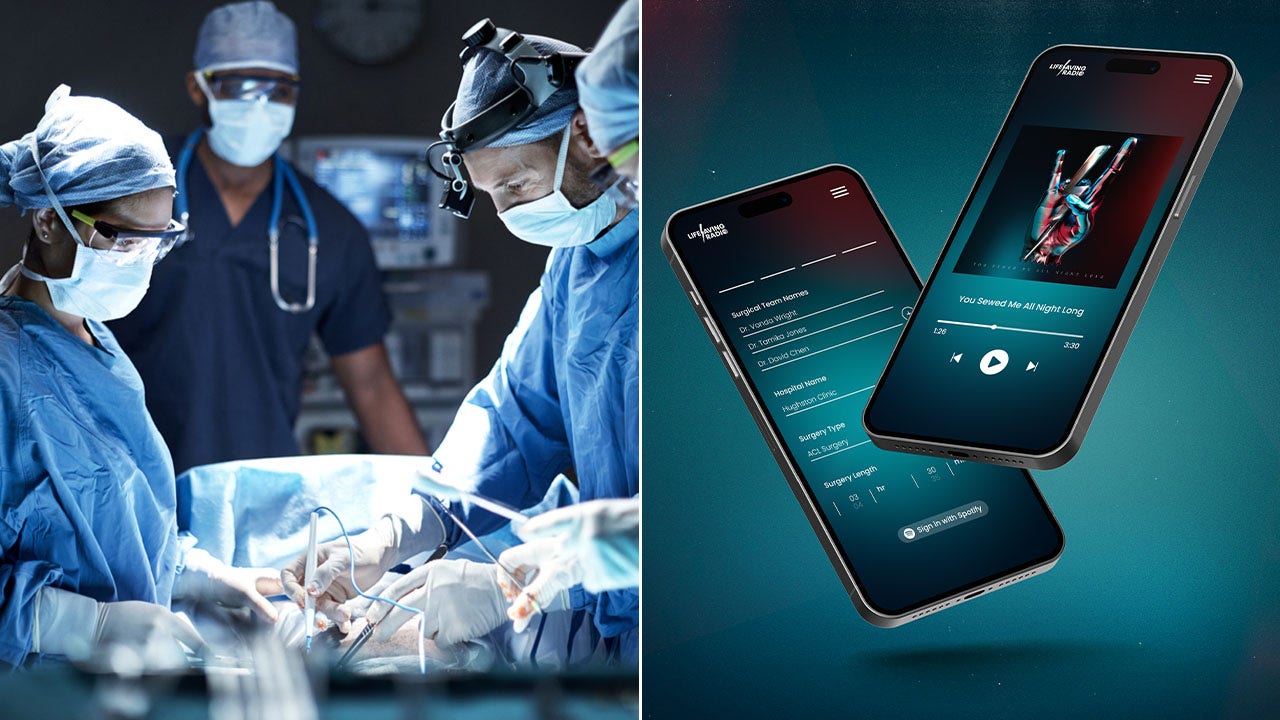
Music has long been shown to enhance athletic performance, whether that performance is on an NFL field or a treadmill at the gym.
And now, with the help of artificial intelligence, music is helping surgeons achieve better results in the operating room.
Backed by scientific studies, NextMed Health — in collaboration with the data science company Klick Health — has created the world’s first AI-based health care radio station called Lifesaving Radio.
It features more than 30 hours of hard rock music that’s been carefully curated for peak surgical performance.
AI TOOL HELPS DOCTORS MAKE SENSE OF CHAOTIC PATIENT DATA AND IDENTIFY DISEASES: ‘MORE MEANINGFUL’ INTERACTION
Dr. Daniel Kraft, a physician and scientist in Stanford, California, launched NextMed Health in 2011 to explore how technology can help reshape health and medicine.
With studies showing that 90% of surgeons and surgical residents already listen to music in the operating room, Kraft believes AI technology can help take the music-medicine connection to the next level, with personalized playlists that help improve doctors’ orchestration, timing and harmonization.
NextMed Health — in collaboration with the data science company Klick Health — has created the world’s first AI-based health care radio station called Lifesaving Radio. (iStock/NextMed Health/Klick Health)
“The Lifesaving Radio project is a great example of the convergence of different technology sets to improve elements of health care,” Kraft said in an interview with Fox News Digital.
Science behind the surgical soundtrack
In a 2022 study published in Langenbeck’s Archives of Surgery, a group of German researchers investigated the effect of playing different types of music — hard rock by AC/DC and soft rock by The Beatles — while medical students performed four tasks related to laparoscopic surgery.
The study was conducted at the University Hospital Dresden between March and June 2017.
AI HEALTH CARE PLATFORM PREDICTS DIABETES WITH HIGH ACCURACY BUT ‘WON’T REPLACE PATIENT CARE’
The speed and accuracy of the tasks was evaluated in three different conditions: with no music, with music at medium volume and with music at high volume, according to a discussion of the study’s findings in the medical journal.
“Surgery is a team sport.”
When the hard rock was played at a medium volume, the participants performed faster while maintaining accuracy, the researchers found.
Playing hard rock at higher volumes also resulted in greater speed while maintaining accuracy.
Inspired by the results of this research, NextMed Health decided to build Lifesaving Radio to help optimize the “flow state” of clinicians in the operating room, Kraft said.
“The goal was to achieve better surgeries, lower costs and potentially save lives and improve patient outcomes,” he told Fox News Digital.
Even as technology’s role continues to grow in the medical space, Kraft pointed out that health care is still a physical profession. The doctors still need to do the procedures in the operating room.
“We all know that humans are not perfect machines,” he said. “They might be tired or grumpy. They might be understaffed.”
AI AND HEART HEALTH: MACHINES DO A BETTER JOB OF READING ULTRASOUNDS THAN SONOGRAPHERS DO, SAYS STUDY
He added, “A lot of what drives outcomes in the operating room is the skill of the surgeons as well as the rest of the team — because ultimately, surgery is a team sport.”
Getting into surgical ‘flow’
Many surgeons speak about achieving a “flow state” or being “in the zone” while in the operating room, Kraft said.
In the Journal of Thoracic and Cardiovascular Surgery, Dr. Michael S. Mulligan, a Seattle, Washington-based surgeon, described it as “a state of focused, relaxed high efficiency wherein an 85% effort yields 100% of maximum speed.”
He continued, “In surgery, we experience this when our hands seem to move deftly with no wasted movement. Needles travel exactly where we want them to go, and it feels almost as if we’re watching ourselves operate with a tremendous sense of satisfaction.”

Lifesaving Radio (a song sample is shown here) is powered by Spotify’s new “AI DJ” music analytics technology, which uses generative AI through the use of OpenAI technology. (NextMed Health/Klick Health)
Music may be one way to help them enter that state of “flow,” Kraft said.
“There have been many examples where music can impact the flow state or the ability to perform complex cognitive tasks, which is what a surgeon and a surgical team are doing,” he explained.
How it works
Lifesaving Radio is powered by Spotify’s new “AI DJ” music analytics technology, which uses generative AI through the use of OpenAI technology, according to an announcement on Spotify’s website.
Using this technology, the team analyzed millions of song metrics to find the ideal tempo, key and loudness for optimal surgical performance.
“Music has been proven to improve the flow, the dynamic and the choreography of the surgical act.”
Lifesaving Radio features its own DJ, named AI Angus, who personalizes the radio station by calling out the names of the surgeon and team members before playing music that has been “clinically validated to improve the precision and speed of certain sorts of procedures,” Kraft said.
NEW AI TOOL HELPS DOCTORS STREAMLINE DOCUMENTATION AND FOCUS ON PATIENTS
Based on the findings of the German study, Lifesaving Radio created its first core set of music, which is an AC/DC-inspired album called “Highway to Heal.”
It includes health-focused parodies of some of the rock band’s most popular songs, performed by some of the world’s most acclaimed AC/DC tribute musicians.

Dr. Daniel Kraft (left), a physician and scientist in Stanford, California, launched NextMed Health in 2011. Dr. Rafael Grossmann (right), a surgeon in Portsmouth, New Hampshire, was among the first to use Lifesaving Radio in his operating room. (NextMed Health/Klick Health)
Some of the tracks include “You Sewed Me All Night Long,” “Back is Cracked” and “It’s a Short Stop at the Doc (If You Wanna Chop a Mole).”
“In building this, it was a combination of understanding what seems to improve surgical performance, having a core album from AC/DC with the right tempo rhythm, and then looking at other songs from the Spotify database that had similar qualities,” Kraft explained.
Lifesaving Radio in action
In March, Lifesaving Radio was previewed to hundreds of clinicians, scientists, patients and public health experts at NextMed Health’s annual conference in San Diego, California.
Dr. Rafael Grossmann, a full-time practicing surgeon in Portsmouth, New Hampshire, is also a digital health enthusiast who performed the first-ever documented live Google Glass-assisted surgery in 2013.
He was also one of the first surgeons to use Lifesaving Radio in his operating room.
ADOPTING AI SYSTEMS TOO QUICKLY WITHOUT FULL TESTING COULD LEAD TO ‘ERRORS BY HEALTH CARE WORKERS’: WHO
“I thought the idea was phenomenal, given that music has been proven to improve the flow, the dynamic and the choreography of the surgical act,” Grossmann told Fox News Digital.
“What we really want in the operating room is a sort of harmony, a sort of focused stress,” he continued. “Everything has to be perfect. You want the patient to be the center of attention.”
He also said, “I think this music helps you get in that zone where you can achieve what you want to achieve — which is getting the patient better.”

Dr. Kraft (not pictured) envisions the technology eventually looking at the physiology of the team, based on team members’ heart rate, to determine the best tempo to play during different parts of surgery. (iStock)
Grossmann said his surgical team has been enjoying the songs, which feature recognizable music that integrates health care elements.
“A particular song, rhythm and tempo has a positive effect on how the surgical team approaches the procedure and the overall feeling of well-being and efficiency,” he said. “I think it sets the mood for a more comfortable deployment of the case.”
What’s next on the playlist?
Kraft believes this technology is just the beginning of what can be done to improve music with medicine.
“We’re hopeful that Lifesaving Radio will be used in operating rooms around the world to improve outcomes in the experience for clinicians and patients,” he said.
CLICK HERE TO SIGN UP FOR OUR HEALTH NEWSLETTER
Looking ahead, Kraft hopes the technology can also be rolled out on a wider scale, with different types of music being used in different disciplines.
“I think there are lots of possibilities here to further personalize this using all forms of data — not just for the surgeons, but also for the technicians, the anesthesiologists and the patients,” he said.
Kraft envisions that the technology eventually will be able to assess the physiology of the team, based on team members’ heart rate, to determine the best tempo to play during different parts of surgery.
“In my imagination, Lifesaving Radio really goes beyond the operating room and possibly into other clinical settings, where music becomes an impactful part of health and medicine.”

Health
What You Should Know About the Military Diet: Experts Weigh In | Woman's World

Sign Up
Create a free account to access exclusive content, play games, solve puzzles, test your pop-culture knowledge and receive special offers.
Already have an account? Login
Forgot your password?
Get back to the Sign In
Use left and right arrow keys to navigate between menu items.
Use escape to exit the menu.
Health
Could your car make you sick? Study highlights potentially cancerous toxins in vehicles
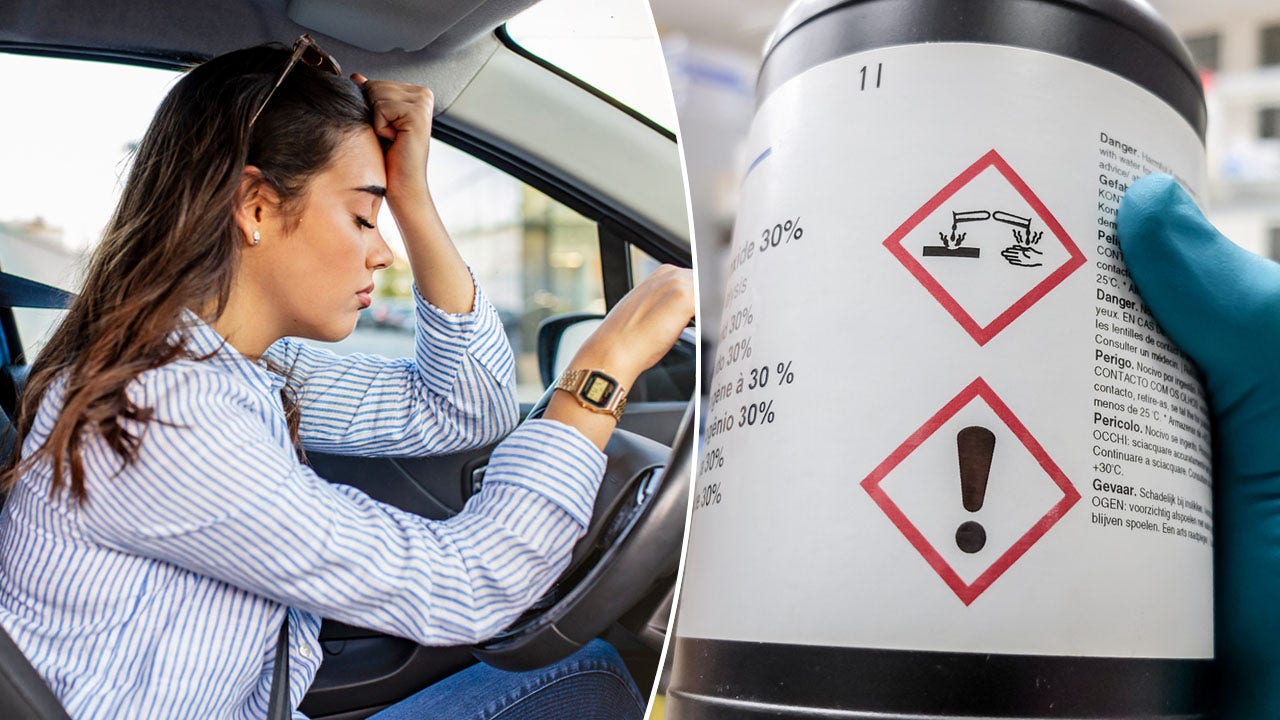
Americans may be breathing in cancer-causing chemicals while driving, recent research suggests.
A study published in the journal Environmental Science & Technology has sparked discussions about the potentially harmful toxins that could be lurking in the cabins of vehicles.
“Certainly the indoor air quality can cause health symptoms,” Dr. Ken Speath, M.D., the division chief and medical director for occupational and environmental medicine at Northwell Health on Long Island, New York, told Fox News Digital.
‘FOREVER CHEMICALS’ FOUND IN US DRINKING WATER, MAP SHOWS ‘HOT SPOTS’ OF HIGHEST LEVELS
It is important to be mindful of what you’re breathing in at home, at the office, at school and even in cars, according to Speath, who was not involved in the study.
“There can be situations where levels of harmful chemicals get high enough to potentially cause health harms,” he said.
Americans may be breathing in cancer-causing chemicals while they are driving, recent research suggests. A study published in the journal Environmental Science & Technology has sparked many discussions. (iStock)
“A car is a closed small space — so whatever is in the air is certainly going to be breathed in.”
Research reveals ‘harmful chemicals’
The peer-reviewed study looked at 101 owned vehicles in the U.S., model year 2015 or newer.
The researchers concluded that harmful flame-retardant chemicals — including those suspected of potentially causing cancer and some neurological issues — may be polluting the air inside vehicles.
DRIVING DANGERS: 9 TOP DISTRACTIONS THAT CONTRIBUTE TO ACCIDENTS, ACCORDING TO EXPERTS
“Flame retardant chemicals, which are intentionally added to vehicle interiors to meet flammability standards, are released into the cabin air from the materials to which they were applied,” lead author Rebecca Hoehn, a scientist at Duke University, told Fox News Digital.
“People in these vehicles may be exposed to these chemicals.”
Seat foam was the only material the researchers measured, Hoehn said, but other interior materials could also contain the chemicals.

The researchers concluded that harmful flame-retardant chemicals — including those suspected of potentially causing cancer and some neurological issues — may be polluting the air inside vehicles. (iStock)
“Considering the average driver spends about an hour in the car every day, this is a significant public health issue,” Hoehn warned.
“It’s particularly concerning for drivers with longer commutes, as well as child passengers, who breathe more air pound for pound than adults.”
The chemicals detected in the car cabins included a flame retardant called tris (1-chloro-isopropyl) phosphate (TCIPP), which is currently being investigated as a potential carcinogen by the U.S. National Toxicology Program.
“Considering the average driver spends about an hour in the car every day, this is a significant public health issue.”
Other flame retardants — tris (1, 3-dichloro-2-propyl) phosphate (TDCIPP) and tris (2-chloroethyl) phosphate (TCEP) — were also detected.
These are “two Californian Proposition 65 carcinogens linked to neurological and reproductive harms,” according to a press release.
Higher concentrations of the flame retardants were found during warmer weather.
“We found that the same cars, sampled in both winter and summer, had higher concentrations of flame retardants in the cabin air during the warm summer months,” Hoehn told Fox News Digital.

Flame retardants are added to vehicles to meet the National Highway Traffic Safety Administration Federal Motor Vehicle Safety Standard, which mandated their use in the 1970s. (iStock)
Flame retardants are added to vehicles to meet the National Highway Traffic Safety Administration Federal Motor Vehicle Safety Standard (FMVSS 302), which mandated their use in the 1970s, the release stated.
Flame retardants have been the “focus of concern for some time,” Speath told Fox News Digital.
More information is needed to determine the health risks these chemicals pose in humans, he said.
THESE MEDICATIONS COULD MAKE DRIVING DANGEROUS, THE FDA WARNS
“A number of these have been demonstrated in studies to have health harms in animals,” he said.
“That doesn’t necessarily mean that would be true for humans, but it raises that possibility, so we need to study these chemicals more in relation to their effects on humans.”
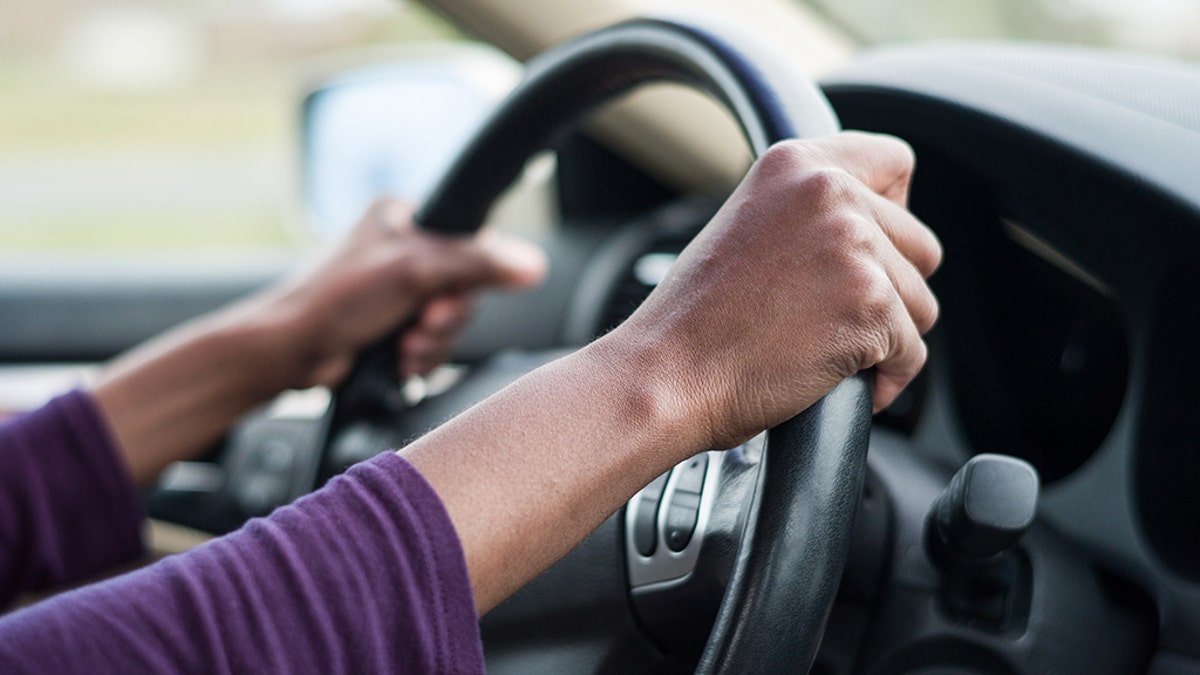
Higher concentrations of the flame retardants were found during warmer weather, the researchers said. (iStock)
Emanuela Taioli, M.D., PhD, the director of the Institute for Translational Epidemiology at Icahn School of Medicine at Mount Sinai in New York City, was also not part of the study, but shared her reactions.
“This is a very relevant finding, since it may prompt changes in cars’ upholstery, as well as in other parts of the car where there is foam,” she told Fox News Digital via email.
“We also want to know more about this finding and monitor whether it is replicated by other investigators.”
Other sources of toxins
Stephen Showalter, a home inspector and indoor environmental air consultant with Showalter Property Consultants in Maryland, said he typically interviews clients about their history of illness, then tests for potential sources of sickness in buildings, cars, RVs and boats.
Mold is a common culprit when it comes to health issues triggered by one’s environment, he said in an interview with Fox News Digital.
TOXIC CHEMICAL POISONING: HAVE YOU BEEN AFFECTED? HOW TO KNOW
Dr. Daniel Johns, a member of the International Society of Environmentally Acquired Illnesses and a chiropractor who practices in Annapolis, Maryland, echoed Showalter’s concerns about mold-related health issues.
Johns also cautioned that cars can be a daily source of mold exposure.
“Any water that leaks from a window, sunroof or convertible can get into the carpet and cause mold growth,” he said during an interview with Fox News Digital.
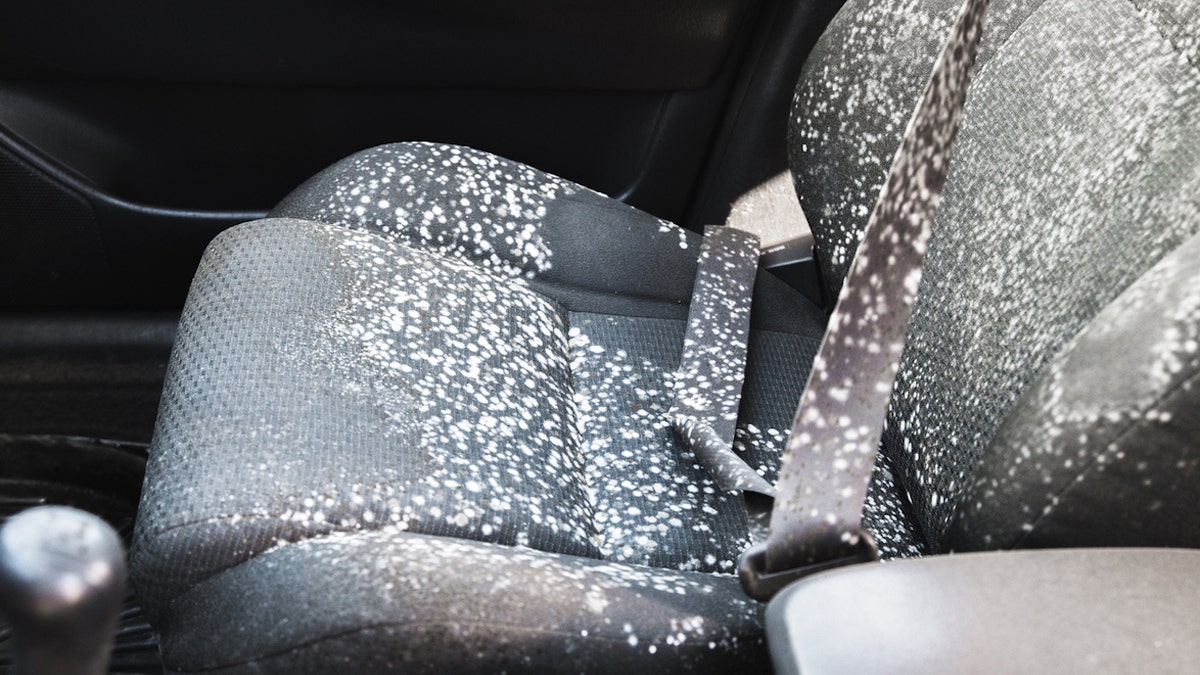
Mold is a common culprit when it comes to health issues triggered by one’s environment, according to an environmental expert. (iStock)
“Mold can start growing on a wet surface within 24 to 48 hours.”
For families with small children, spilled sippy cups could play a role when it comes to mold in cars, Johns warned.
“The water seeps into the upholstery and doesn’t get noticed or properly dried out, and the whole seat can become moldy,” he said.
“Mold can start growing on a wet surface within 24 to 48 hours.”
“Every time you sit on the seat, it releases a mold spore cloud into the car. Once that happens, you can’t clean it away. The upholstery must be removed and replaced.”
The impact of these potentially harmful pollutants can vary from one person to the next, experts told Fox News Digital.

For families with small children, spilled sippy cups could play a role when it comes to mold in cars, an expert warned. (Kids and Car Safety)
People metabolize chemicals and toxins in different ways, according to Taioli.
“Metabolism happens through enzymes that the body produces,” he said.
“Each of us has a different genetic profile that defines our metabolic capacity. As a consequence, the same amount of toxin may be metabolized better/faster by some, and worse/slower by others.”
Tips for ensuring safe interiors
While further research on car-borne chemicals is needed, experts say people can take measures to limit exposure.
“People may be able to reduce their exposure by ventilating their cars,” Hoehn advised.
“For example, rolling down the windows to let out contaminated air, or pulling in fresh air with climate control systems, should reduce concentrations.
“Ultimately, reducing the amount of flame retardants added to vehicles in the first place would provide the greatest reduction in exposure risk.”
Controlling your vehicle’s cabin temperature may also reduce exposure, she added.
“Parking in a garage or shade instead of full sun may reduce the cabin temperature and limit the extent of flame retardant release,” Hoehn said.
The researchers also called for action from regulatory agencies and vehicle manufacturers.
CLICK HERE TO SIGN UP FOR OUR HEALTH NEWSLETTER
“Ultimately, reducing the amount of flame retardants added to vehicles in the first place would provide the greatest reduction in exposure risk,” Hoehn noted.
“If flammability standards for vehicles could be revised to meet fire safety guidelines without the use of added flame retardants, risk of flame retardant exposure from personal vehicles could be greatly reduced.”
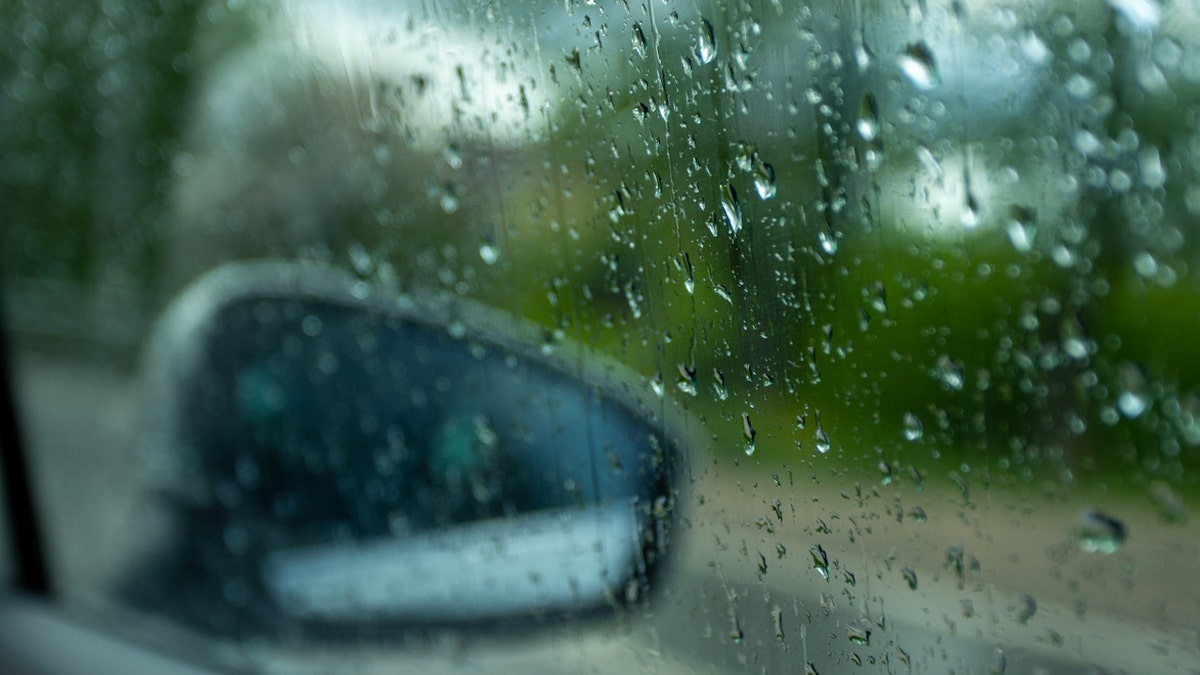
To prevent mold in a vehicle, experts recommend keeping your windows up when it rains or snows to prevent water from permeating the carpet or fabric. (iStock)
Having your car’s air quality and surfaces tested is one way to reduce the risk of exposure to allergens, toxins and chemicals, experts told Fox News Digital.
To prevent mold in a vehicle, Showalter recommends keeping your windows up when it rains or snows to prevent water from permeating the carpet or fabric.
He also cautioned about leaky air conditioners, which can foster mold growth in vehicles, and about leaving wet items in the car.
Lastly, before buying a used car, he said it is important to check the vehicle’s history to make sure it doesn’t have flood damage, which can lead to mold and other issues.
If you think you are experiencing illness due to chemical exposure in your car, home or office, it’s best to see a health care professional to discuss your symptoms.
Fox News Digital reached out to several major car companies for comment.
For more Health articles, visit www.foxnews.com/health.
Health
fatty15 has the essential nutrient to ease stress and well-being
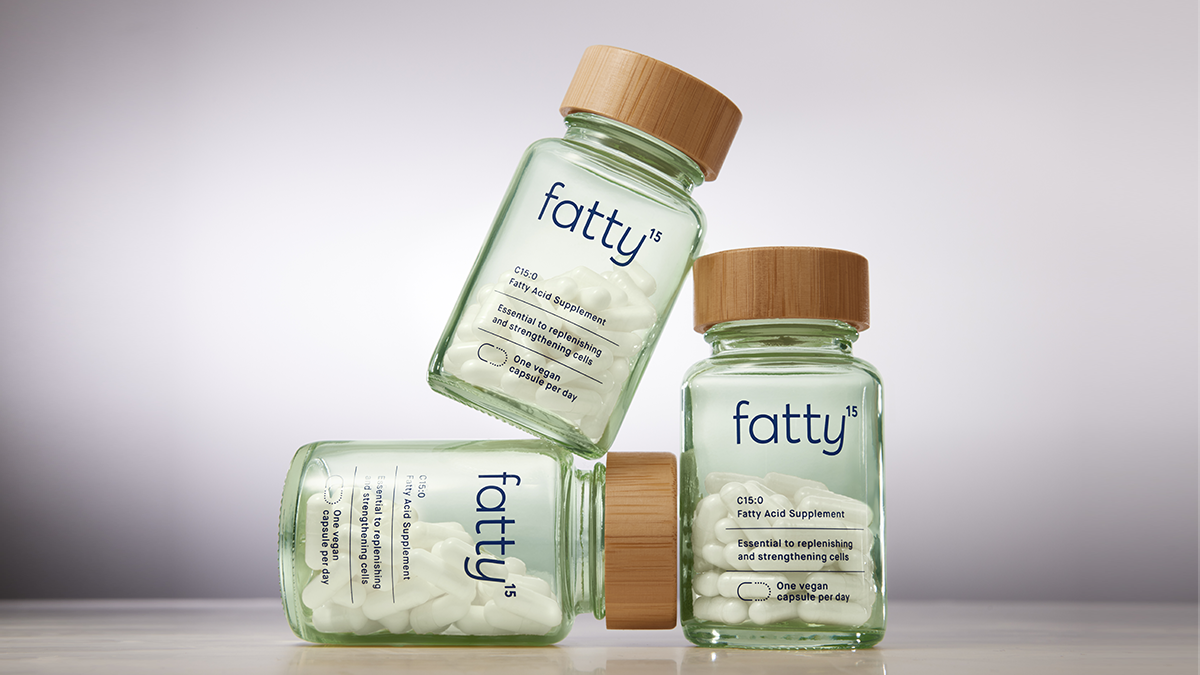
Sign Up
Create a free account to access exclusive content, play games, solve puzzles, test your pop-culture knowledge and receive special offers.
Already have an account? Login
Forgot your password?
Get back to the Sign In
Use left and right arrow keys to navigate between menu items.
Use escape to exit the menu.
-

 World1 week ago
World1 week agoPentagon chief confirms US pause on weapons shipment to Israel
-

 Politics1 week ago
Politics1 week agoRFK Jr said a worm ate part of his brain and died in his head
-

 Politics1 week ago
Politics1 week agoOhio AG defends letter warning 'woke' masked anti-Israel protesters they face prison time: 'We have a society'
-

 Education1 week ago
Education1 week agoVideo: Police Use Pepper Spray on Protesters on G.W.U.’s Campus
-

 News1 week ago
News1 week agoNine Things We Learned From TikTok’s Lawsuit Against The US Government
-

 Politics1 week ago
Politics1 week agoBiden’s decision to pull Israel weapons shipment kept quiet until after Holocaust remembrance address: report
-

 World1 week ago
World1 week agoA look at Chinese investment within Hungary
-

 News1 week ago
News1 week agoThe Major Supreme Court Cases of 2024





:quality(70)/cloudfront-us-east-1.images.arcpublishing.com/adn/5BVPQDP3BNCD5CBOOCBDNH6Q5I.jpg)









